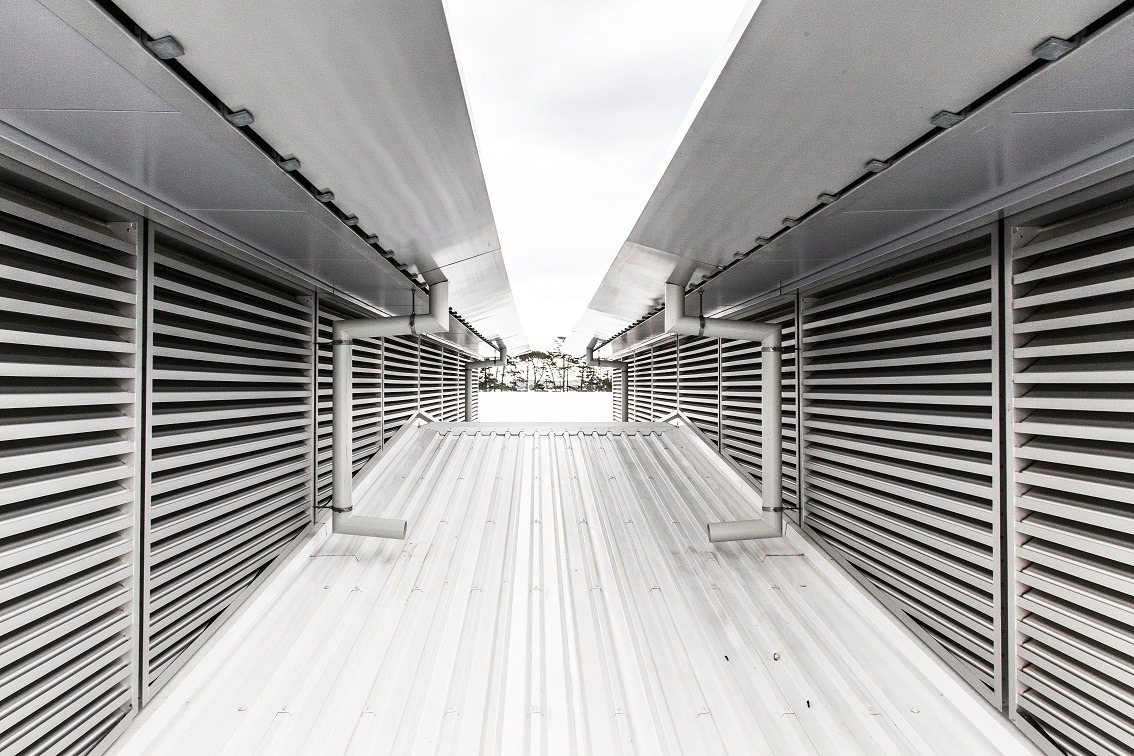Understanding different types of louvres
At Ventüer, we come across many different louvres in many environments. So, we are often asked about taking care and maintaining these louvres. Louvres are typically easy to maintain, whilst upkeeping performance and achieving the architect’s vision of design. Because there are various types of louvres, with varied finishings, each requires its own maintenance approach.
This guide will explain the various types of louvres available in the market and how to take care of them individually. This will help elongate their lifespan and ensure the highest performance. But first, it is important to understand the type of louvre being dealt with.
It is important to establish whether the louvres are intended for performance or decoration. There is a key difference as performance louvres, as in Ventilation, Acoustic and Smoke louvres, need to be maintained to ensure your building is performing how it should be. If these aren’t performing as they should, the building will suffer, such as water getting in, airflow being restricted or attenuation being lost. On the other hand, decorative louvres that do not have performing components, only need to be cleaned aesthetically. Although, it is important to clean and maintain both types.
Generally, louvre systems should be cleaned every six months. There are a few factors to consider. If your systems are in close radius to the ocean, industrial or geothermal areas they may need to be attended to twice as often. Another consideration is the finishing of the louvres. Powdercoated louvres should be treated differently to anodised louvres, the key differences will be explained further in the cleaning portion of this guide.
Another type of performing louvre to consider the maintenance for are drainable louvres. Like a gutter around your home, these need to be checked and cleaned regularly to ensure the drainage channels in the blades do not get blocked and prevent water from draining away correctly. This applies the same to any louvres with insect and bird mesh on the back of them. These also need to be checked and cleaned regularly, to avoid build up of rubbish, leaves and dirt that will restrict airflow.
So how do you clean them?
Considerations before cleaning
Regardless of the finishing of your louvre system, these should be always accounted for:
Cleaning powder coated louvres vs anodised louvres
Powder coated louvres have a highly durable finish, although they may need to be washed regularly to upkeep long-term benefits. Every six months or so, a soft quality brush and soft detergent, followed by a thorough rinse. Otherwise, a regular hose to simply rinse monthly.
Avoid any contact with substances that will deteriorate the surface of powdercoated louvres. Read the harshness of the cleaners carefully, a soft household detergent is perfectly acceptable.
Anodised louvres should never come into contact with sandpaper, steel wool or other abrasive materials. Pay attention to the contents in your cleaners, as acid and alkaline should also stay clear of the anodised coating.
Clean with warm soapy water and thoroughly rinse afterwards.
Cleaning glass louvres
Remove excess debris with a microfibre cloth, followed by glass cleaner as you would a typical windowpane.
Cleaning drainable louvres and mesh louvres
As well as following the standard cleaning practices, drainable louvres should also be regularly cleared for debris. This can be done with either compressed air, a leaf blower or brush, to ensure any potential blockages are cleared.
Like the drainable louvre, mesh louvres need to not only be cleaned by cleared of debris to ensure airflow through the mesh. This can be cleared with the same tools as the drainable louvre above.
Louvres are a great implementation to any building structure providing not only aesthetic but performance. Regular cleaning and maintenance will ensure they withhold extended lifespans and keep your structure performing as it should. If you’re unsure what type of louvre you require, or how often it should be serviced, our team can help assess your needs.
